Allow me to set the scene for you: An intimate moment takes place in my head everytime I listen to my favorite jazz record, Kind of Blue, by Miles Davis. You know the one. Bill Evan’s chords chosen with precision, penetrating your heart, your head gently nodding up and down as he swings through his progressions. Then Miles comes in with a note on high. A seductive tone designed to incite feelings of perspective and surrender in the listener.
Pure bliss.
In my mind, I imagine myself in my maison in Paris listening to this album with a cocktail in hand. Eyes focused out my window, lusting after my neighbor; the Eiffel Tower.
A knock breaks my stare. Turning the handle, I say in a low baritone, “Well, hello.” In the doorway, I see a beautiful woman with inviting eyes—my wife of course—then the scene goes black.
There is something sophisticated about that scene. A spirit of elegance.
The music. The city. The cocktail.
To me the cocktail is the symbol of a man aging gracefully. A man who understands that a drink is not primarily used to divert oneself from reality but to be present in the finer things that life has to offer. With each sip one takes, appreciation is gained. With each sip wisdom is bestowed upon the recipient. Knowledge acquired that cocktails are more than an alcoholic beverage but a craft executed by a gentleman aesthete trained in the classics.
Not Tolstoy. Not Dostoevsky.
We are talking about the Old Fashioned. The Negroni.
Today, I would like to introduce you to one such gentleman: Brandyn Tepper.
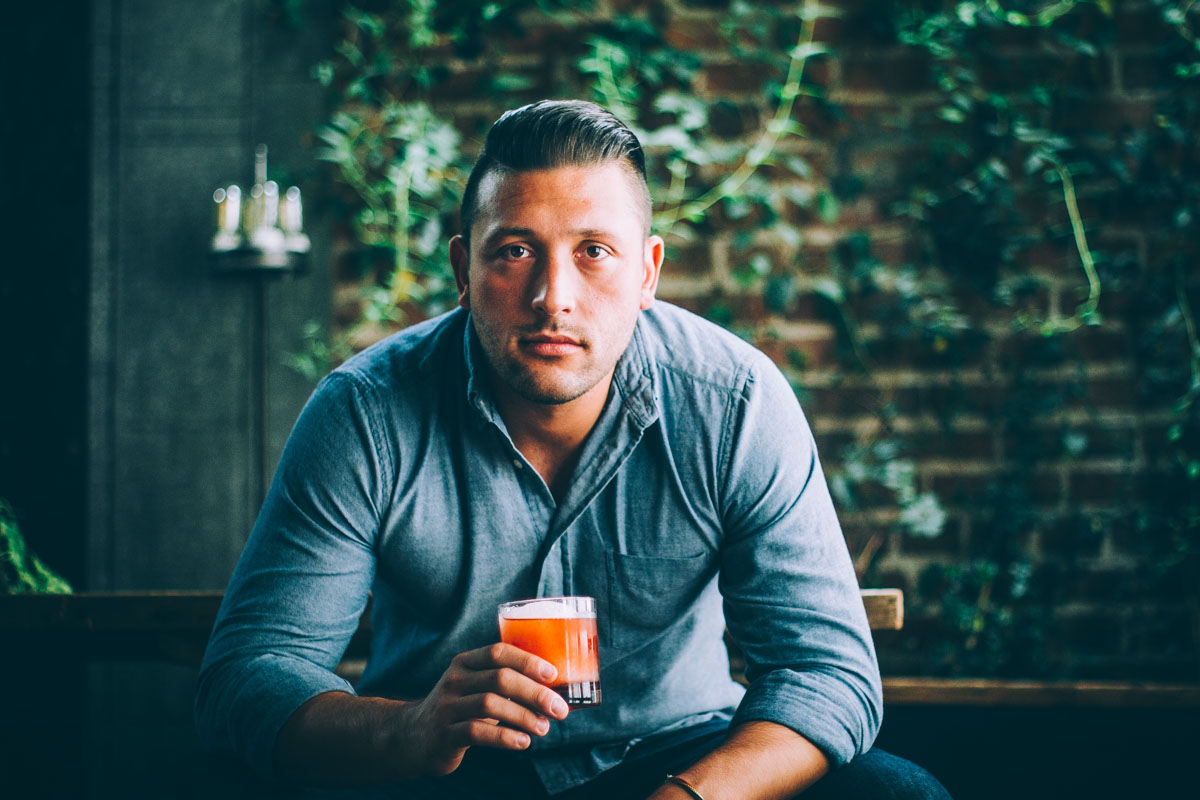
Tell me a little about yourself.
I grew up on the west side of Los Angeles. I consider Venice my home, well before the whole Abbot Kinney boom. Although I did grow up in Marina and Santa Monica as well.
Growing up I had my hand in sports—a lot of sports actually. I wrestled in high school and was fairly successful, which led me to wrestling in college at Cal Poly San Luis Obispo. That experience shaped my work ethic to this day. You see as a wrestler, you’d wake up at 6 a.m., you’d go to morning practice, go to class, and then go to practice again at 3 p.m. The time involved in studies—competing in the classroom and competing on the wrestling mat—was mentally draining. For two hours, usually five days a week, you have to get yourself in the mindset either to get beaten up and survive or to beat someone up. It’s a little weird to think like that.
What were your plans after college?
When I was a child, I dreamed about becoming a cop. But in reality what I wanted to do was to travel the world. I was like, “How do I get to travel the world? Or even the United States while working in some type of law enforcement?”
So when I moved back home I started pursuing a Master’s degree in criminal justice while also trying to be a cop, whichever one came first—a job with the government or the local police.
Obviously it happened at a slower pace than I thought it would. It was very rigorous and competitive, and you start to think that you’re not the only one who wants to do it. So I started bartending just to have a job around 2010. I did have some experience at a restaurant bar I had worked at in college but not much. From that point on, I pursued bartending head on; I wanted to be the best. So I did whatever I could to seek out tips, tools, and techniques to become a highly skilled bartender.
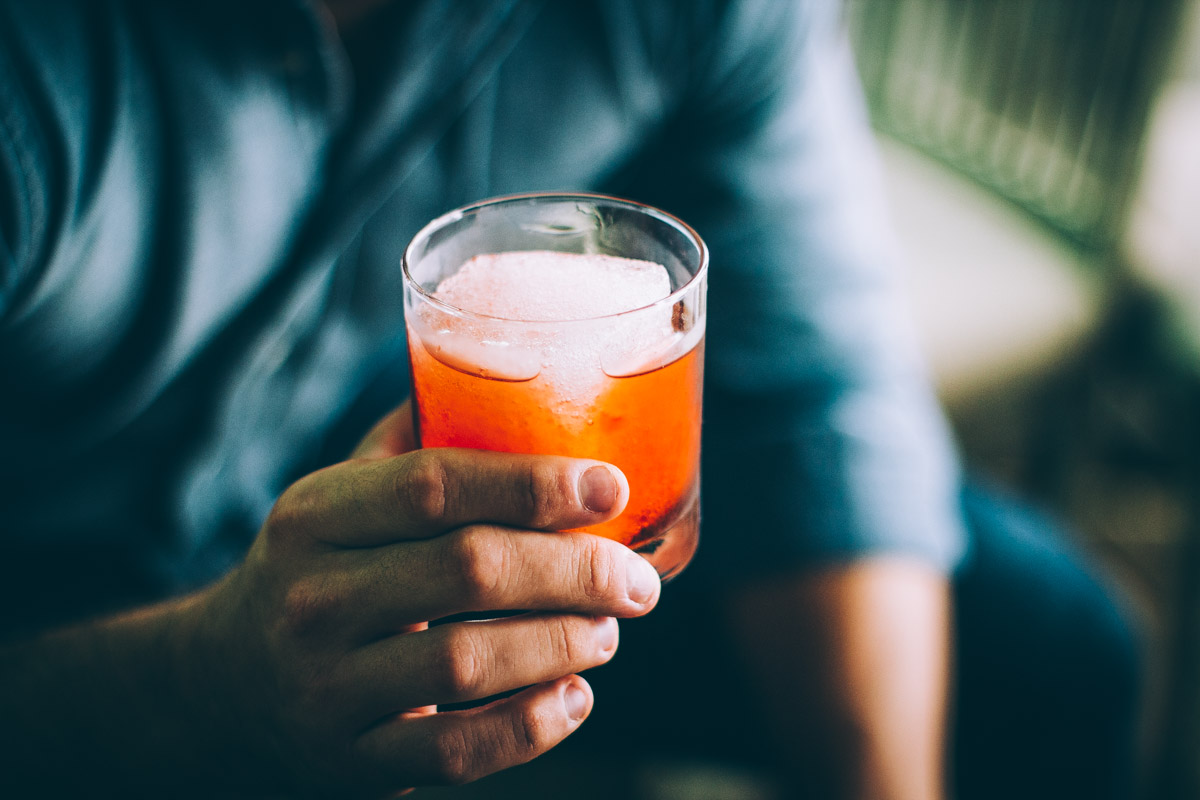
How did you go about doing that?
Around 2012, a restaurant called Hinoki & The Bird opened with Chef David Myers, formerly of Comme Ça. Comme Ça started this whole L.A. craft cocktail movement. This was due to a New York bartender named Sam Ross that David brought in.
Was Sam your mentor?
I don’t know if he was necessarily a mentor because we had three days of training together. But I was able to pick up what he was saying. He’s a really cool guy—someone I could always shoot the shit with. Most of our conversations didn’t consist of bar stuff. It was normal friend stuff.
“Hey, how are you doing? You see the game?”
That’s the relationship it became.
When Hinoki & The Bird was opening, I knew Sam Ross was going to do that program. I knew it, even without being told. I would scour every day on Craigslist, or try to find a way to know when they were hiring so I could get myself in there. And I remember the second I saw the Craigslist post for it that said they were going to conduct the interview at Comme Ça.
So I walk into Comme Ça—I was the first one in there, it was raining, and I knew I nailed that interview. I showed them that I understood what the company was all about and who Sam Ross was, and I got the job.
I went into that job thinking I knew the least—absolutely nothing. The work ethic that I had and my confidence in taking ownership of the bar, led to the position of lead bartender, which lead to even more opportunities. From that point on people would ask, “Hey, this magazine is asking for this.” Or, “Do you want to speak at this L.A. food and wine thing?”
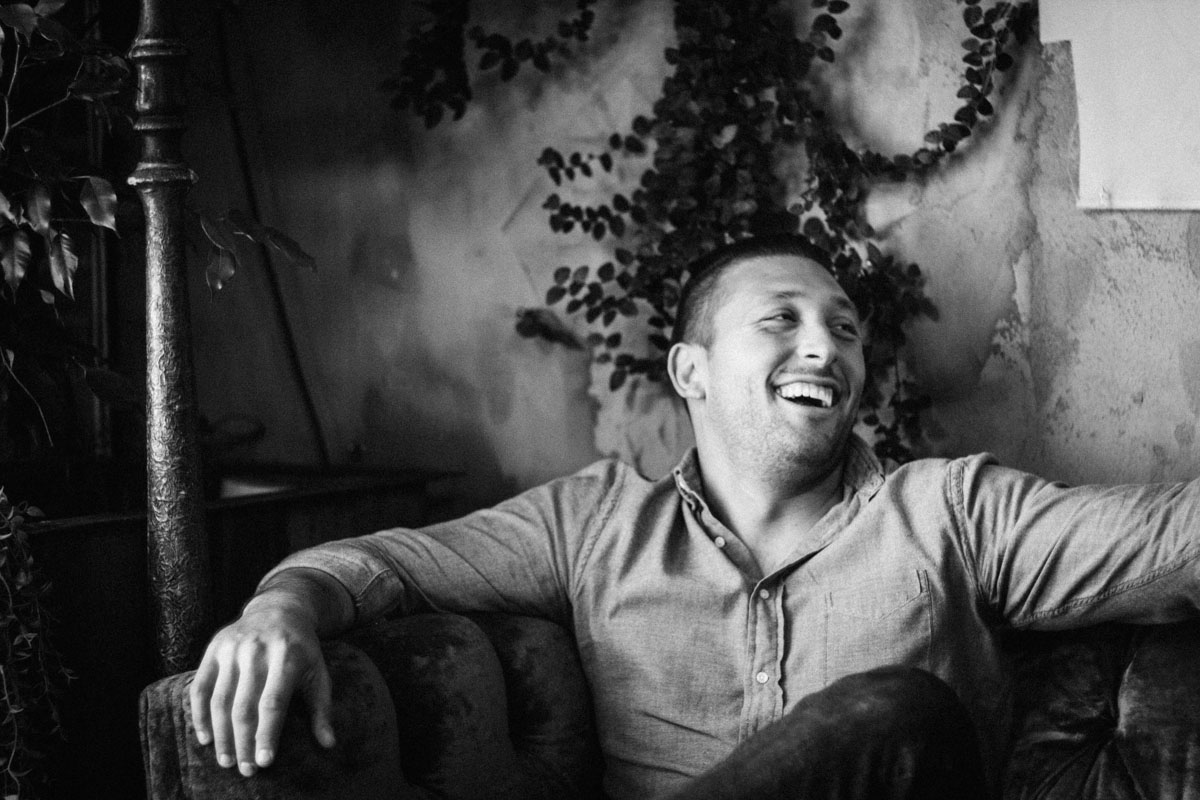
Did things start to take off for you after that?
It just started to snowball in a good way. In that time that Hinoki opened—around December of 2012, I met Matt Landes, who later became my business partner at Cocktail Academy. Matt was the general manager at 41 Ocean at the time.
We realized opening a bar in L.A. takes a long time. It’s very hard. You don’t just do your first walkthrough and expect the landlord to sign off on it. Even if he did you don’t expect that the city will. That coupled with us being first timers, the outlook didn’t look promising.
So we asked, “What are we going to do?” So we were shooting ideas around and we were like, “What about a test lab? Or test cocktails? Who knows? Let’s just do something.” And that’s when we got the keys to 652 Mateo Street, Unit 107, which ended up becoming Apartment A.
From there, it just started to take a life of its own, and so did Cocktail Academy. It started as, “Okay, let’s do illegal bar stuff in here,” and we changed it so it was legal, and now to catering. Now people want what we have in Apartment A in the outside world. They want cocktail education. They want us to do a bar program centered around what we do.
How did you come up with your own craft?
I find it humbling and weird that some people take what I’m saying as gospel. I don’t do anything fancy. I do either families of cocktails, plus or minus two, mostly. Literally, the eight families fall within having lemon, sugar and lime juice behind the bar. I use honey syrup, house-made grenadine, club soda, sweet and dry vermouth, Campari and bitters. With that, and given a full array of spirits—vodka, gin, rum, tequila, whiskey, rye, scotch—that’s all it’s centered on. It is so simple. There are certain ratios and recipes that we use. I believe that it is so easy that people can connect to and/or or replicate it at home.
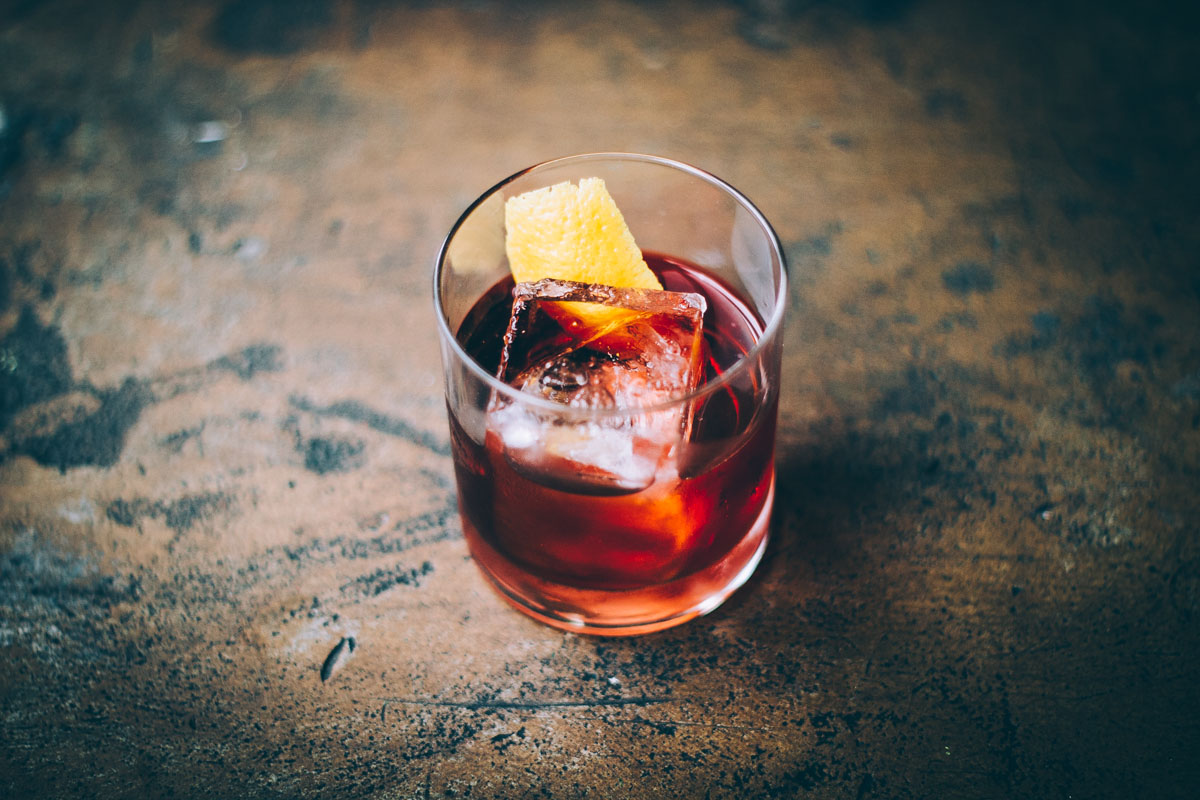
Is that the goal behind Cocktail Academy? To make a refined cocktail that is simple to make and tastes great. To me it seems—and this might go back to your wrestling days—disciplined and systematic.
Like the documentary Jiro Dreams of Sushi. The guy is doing the same thing over and over again, but it’s so good because he’s disciplined. For him, it’s harder to replicate the same thing every day so what you had in January tastes the same as what you had in February three years later. I know for me it’s hard to replicate the same thing over and over again.
So yeah, it’s discipline. Although sometimes consumers want to be wowed. They want that molecular gastronomy or they want something they can’t make at home. For me, the way I approach my craft is more for my staff. It has to make sense to them. They have to see where it’s coming from. And it also has to make sense to me. A dash of this, a quarter ounce of that, a bar spoon of that, a half ounce of that, one-and-a-quarter ounces of that, combine it all together, infuse it—that’s great, but I need to work simpler.
I’m not that creative when it comes to that kind of stuff. For a bartender like Alex [Day], he loves to push what the modern palate can take, as far as drinking. But he’s also rooted in his classics. He knows his classics. He can make you a simple daiquiri. He can make you an old fashioned. He knows it like the back of his hand. A bartender like me, I just want to make classics, and then I want to go to a bar like Alex’s and be wowed and be taken somewhere else. I want to leave that up to him. That is cool. I just don’t have the imagination to think like that.
Me? I’m just going to do the classics. I got the classics down. The reason I like it is because when people come to Apartment A, they understand the drinks—they are self explanatory—I make them a simple, easy drink. I believe, though, that, aside from the drinks, people are coming for an experience. I tell my staff that is what we’re going to execute on a daily basis. Because as a bartender, there are so many things going on in a bar that you have to pay attention to, so if I can make the drinks as easy as possible for the staff to understand and execute, then they can pay attention to the little things on the other side of the bar. That’s called service and hospitality. I want them to say to the customer, “Let me take care of you.”
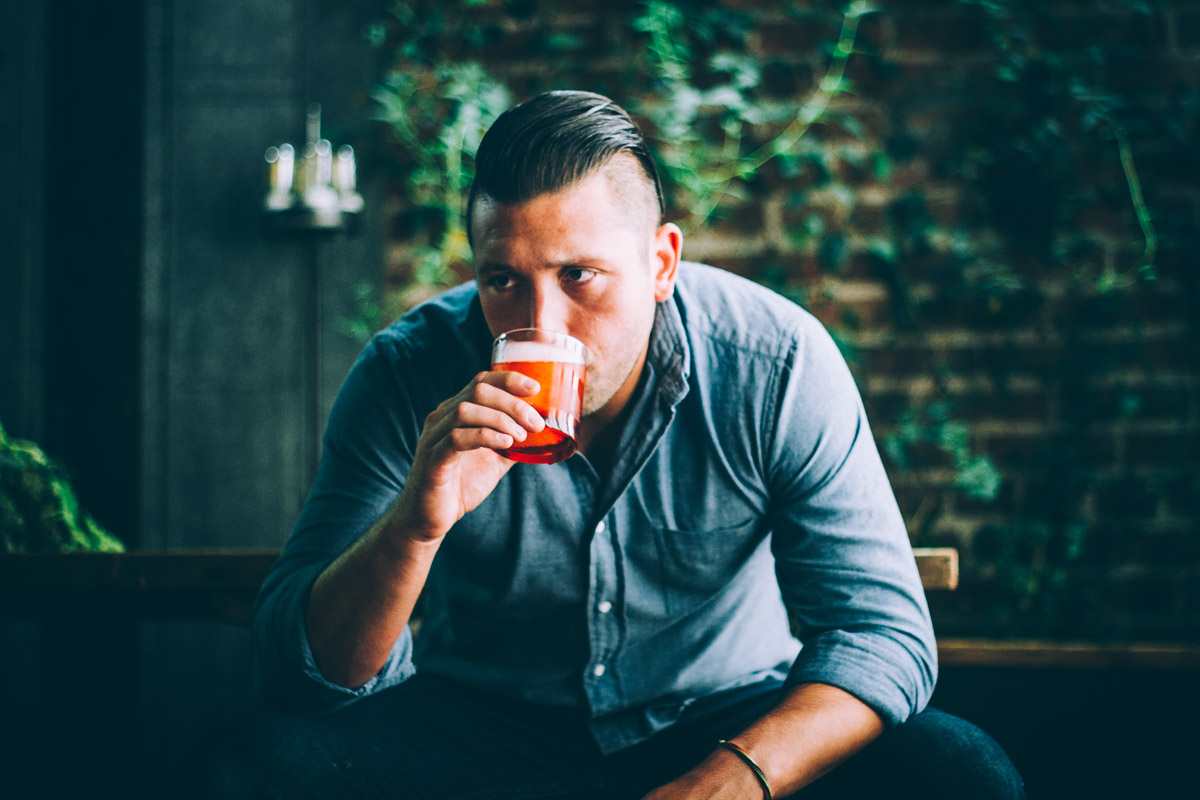
Do you feel you are adding something special to the cocktail industry?
It’s more than just the drink, but the drink is still important. People want a sense of belonging to something, or to just be a part of something. My dream bar would be a place where people can go to just hang out, meet someone, and the drinks be part of the conversation but not what the conversation is about.
With a lot of the drinks though—don’t get me wrong, they are simple—we follow certain techniques, certain rules, they have to look a certain way, they have to taste a certain way, they have to feel a certain way. I could give you the recipe and you could do it. But we won’t execute the same drink unless you’re technically proficient in what I’m teaching. And that takes a while to get.
So yes, the drinks are easy. But the techniques of making eight drinks for a party of eight so they all get it at the same time is a whole other ballgame. That’s one of the things I always like doing behind the bar: going back to my wrestling days and treating it as a sport. It’s super competitive.
What is the cocktail that we are featuring today?
The Negroni. I could drink that all day long.
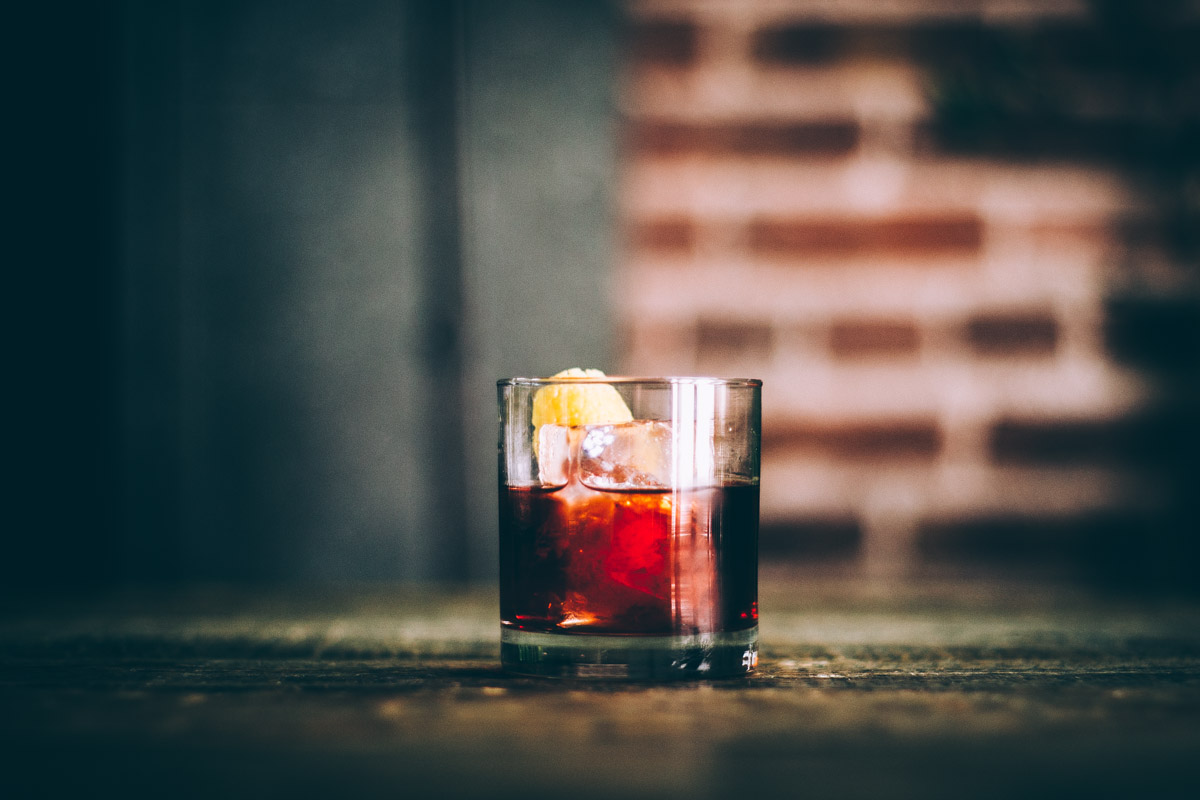
Explain the Negroni for those who may not know what it is.
A Negroni is gin, Campari and sweet vermouth. It’s a great sipper. It’s bracingly bitter. It’s sweet. It’s strong. For someone who’s never had one before, your palate definitely has to like the bitter thing. If the twenty seven year old Brandyn Tepper would have told the twenty one year old Brandyn Tepper, “You’re going to love Campari when you’re twenty seven. It’s going to be awesome.” I would have spit it out. A twenty one year old me would be like, “I’ll take a jägerbomb.”
That’s true. You had different priorities back then. Now, it’s more about the experience.
Exactly. And it just shows the evolution of your palate. It just changes over time. From liking those sweet, nasty—I don’t want to call them nasty because there’s a time and place for those drinks; that time is college.
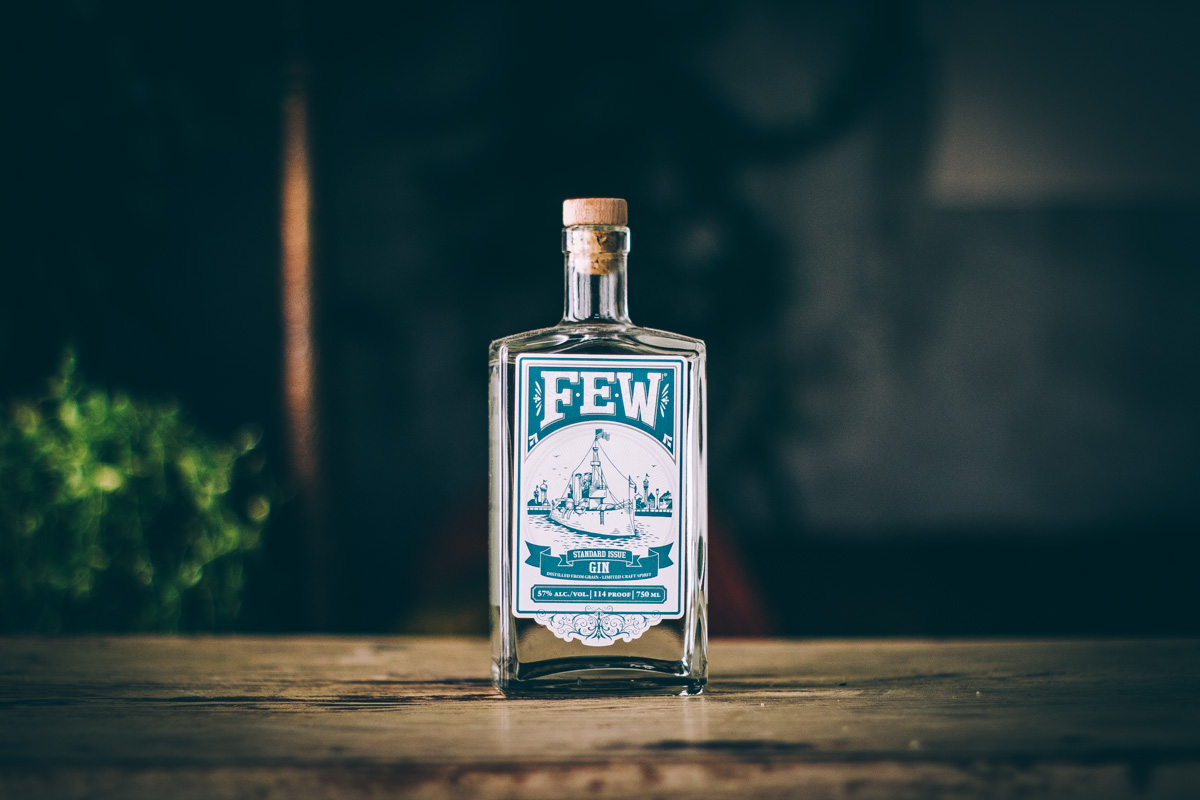
Is there a set way to make a Negroni?
My Negroni is equal parts just because that’s the way I like it, and I think that’s the way most people are going to like it. I like to serve it on ice, specifically a big piece of ice just so it dilutes and changes over time. I like drinks to change over time. The first sip is a little “whoa Nelly, I better respect this,” and over time it’s like, “Oh, man. I could drink this all day.” It’s a classic drink. And it’s an easy drink for the bartender to make.
This seems like a drink that someone at home can make without any real training.
I bet if you go into grandma’s bar, she’ll probably have a bottle of gin—probably Boodles Gin that hasn’t been touched since ’93—there’s probably vermouth in there that has been there for years (get rid of if and buy a different one because it’s probably bad), and there is probably Campari. And just like that: one, two, three—easy.
—
The Negroni
1oz Gin
1oz Campari
1oz Sweet Vermouth
Build in glass, add ice, stir.
—





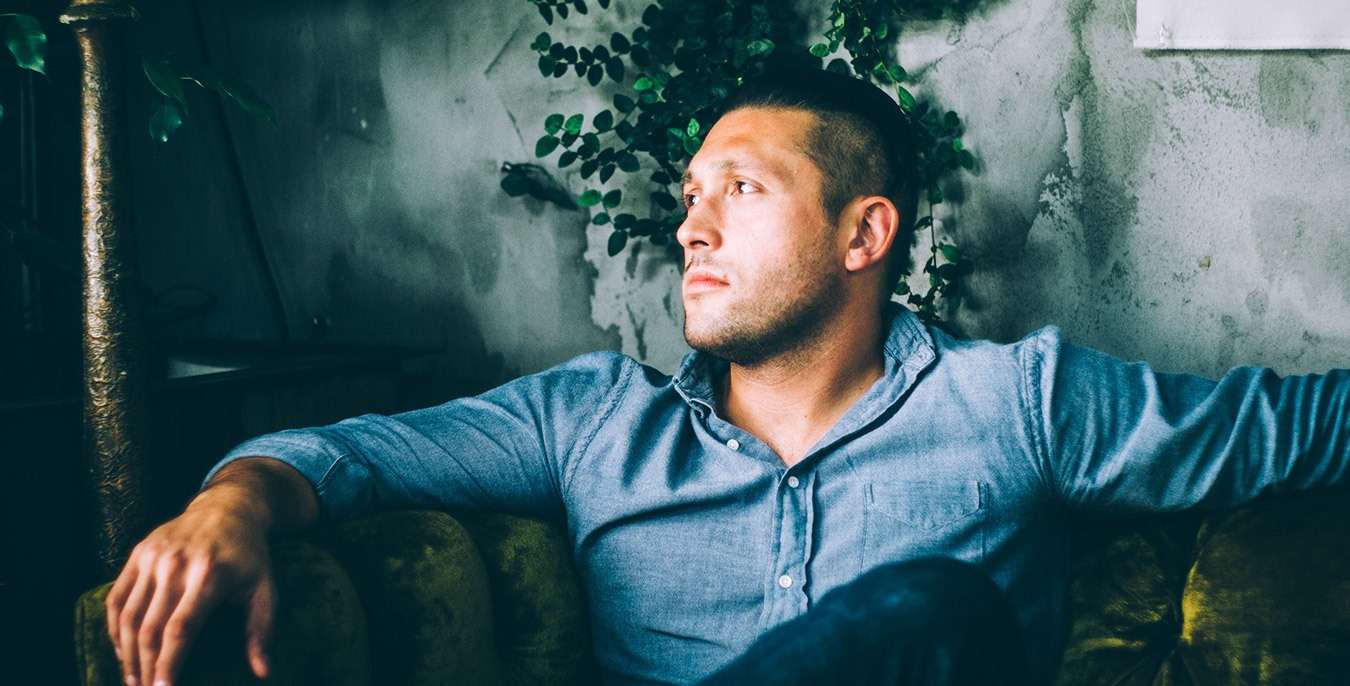

Our comments section is for members only.
Join today to gain exclusive access.